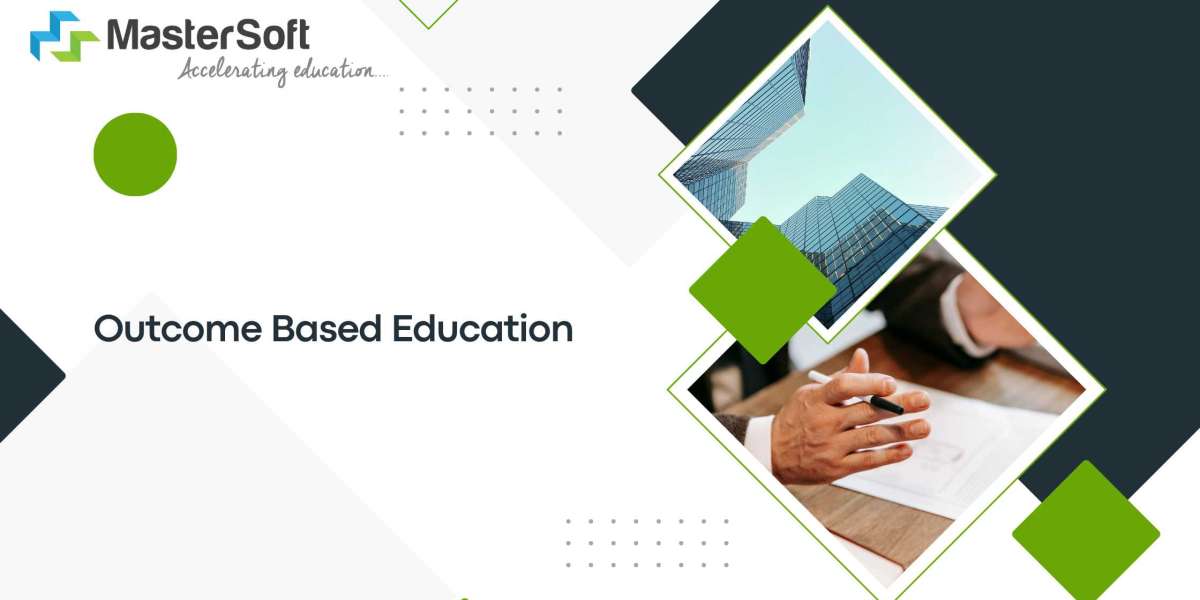Outcome-Based Education (OBE) is transforming the way students learn by placing a strong emphasis on achieving specific outcomes. This educational approach focuses on ensuring that students gain essential skills and knowledge that can be applied practically, both in academics and beyond. Across the globe, and increasingly in the Philippines, OBE is paving the way for educational institutions to create future-ready graduates who are prepared for real-world challenges.
This article dives into the key components, advantages, and potential impact of OBE, shedding light on why it’s seen as a powerful model for modern learning.
1. What is Outcome-Based Education (OBE)?
Outcome-Based Education is a student-centric model where the curriculum, teaching, and assessment methods are structured around clearly defined goals or “outcomes.” Unlike traditional education, where the focus is on content and exams, OBE zeroes in on what students should be able to accomplish at the end of a learning period. These outcomes range from academic achievements to skill mastery, ensuring that students leave each course with practical abilities they can confidently apply in various situations.
2. Core Principles of Outcome-Based Education
OBE is built on several guiding principles that make it distinct from traditional education models:
Defining Clear Goals: OBE begins with setting precise, measurable learning outcomes, providing students with a clear understanding of the expectations and purpose of their studies.
Backward Curriculum Design: In OBE, educators start by identifying the end goals and then develop curriculum plans, assessments, and teaching strategies to achieve these outcomes.
High Expectations for All: OBE encourages every student to reach high standards, promoting an inclusive learning environment where everyone is supported to succeed.
Flexible Learning Opportunities: Recognizing that students learn at different paces, OBE offers diverse learning paths to help each student reach their full potential.
3. How OBE Differs from Traditional Education
Traditional education often focuses on content delivery, with success measured by exams and content recall. OBE, on the other hand, emphasizes real-world applications, equipping students with skills they can directly transfer to their future careers.
For instance, a traditional science class might evaluate students on their ability to remember facts, while an OBE approach would assess how well students can apply scientific methods in real-world experiments. This focus on application ensures students gain experience with hands-on problem-solving and critical thinking, preparing them for the workforce.
4. Benefits of Outcome-Based Education
OBE offers numerous benefits for students, teachers, and institutions alike:
Enhanced Student Engagement: With clearly defined outcomes, students understand what they are working towards, which boosts their motivation and engagement.
Skill Mastery: OBE prioritizes practical competencies, helping students acquire skills that are relevant and beneficial in the real world.
Personalized Learning Pace: By allowing students to progress at their own speed, OBE supports individual learning styles and strengths, making it accessible to a wider range of learners.
Accountability and Transparency: OBE holds educators accountable by setting specific goals, leading to a transparent and structured learning experience that benefits students and educators alike.
5. Implementing Outcome-Based Education: A Step-by-Step Approach
To implement OBE effectively, schools and institutions must follow a systematic plan, including:
Setting Clear and Measurable Outcomes: Schools define the specific skills, knowledge, and attitudes students should gain, ensuring outcomes align with academic and career goals.
Designing Curriculum Around Outcomes: The curriculum is crafted to meet these goals, often incorporating real-world applications, collaborative projects, and critical thinking exercises.
Continuous Assessment and Feedback: Assessments are designed to track students’ progress toward the outcomes, offering continuous feedback that fosters improvement.
Professional Development for Teachers: Educators need proper training and support to adapt to OBE, focusing on facilitating skill development and hands-on learning.
6. Challenges in Adopting OBE
While OBE offers many benefits, adopting it can be challenging. Some of the common challenges include:
Adjusting Teaching Styles: Transitioning to OBE requires teachers to shift from lecture-based instruction to a more facilitative role, focusing on helping students achieve specific outcomes.
Resource Limitations: Implementing OBE may require additional resources, such as updated technology, instructional materials, and assessment tools, which can be challenging in resource-limited areas.
Balancing Learning Pace: Since students are encouraged to master outcomes at their own pace, it can create scheduling challenges and require extra support from educators.
7. Outcome-Based Education in the Philippines
The Philippines has increasingly adopted OBE in its education system, especially at the tertiary level, where institutions aim to prepare students for global career opportunities. The Commission on Higher Education (CHED) has been instrumental in promoting OBE, aligning educational programs with international standards and ensuring Filipino students gain skills that are competitive worldwide.
OBE is also making strides in primary and secondary education, where schools aim to instill critical thinking, collaboration, and communication skills. This shift reflects the Philippines’ commitment to developing a future-ready workforce.
8. The Future of Outcome-Based Education
As the world demands more skilled and adaptable professionals, OBE is likely to become a standard in educational systems. Its focus on mastering competencies rather than memorizing content prepares students for a world where adaptability, problem-solving, and continuous learning are essential.
In the Philippines, the growing adoption of OBE could yield a generation of graduates with versatile skills, capable of contributing to national and global economic growth. As OBE takes hold, it will foster a culture of lifelong learning and equip students to succeed in diverse career paths.
9. Conclusion
Outcome-Based Education redefines how we think about learning, placing skills and practical knowledge at the center of the educational journey. By focusing on measurable outcomes and student mastery, OBE prepares students not only for academic success but also for real-life challenges. As the Philippines continues to embrace OBE, it sets a promising course for the nation’s educational system, equipping students with the tools to achieve their personal and professional goals in an ever-evolving world.








